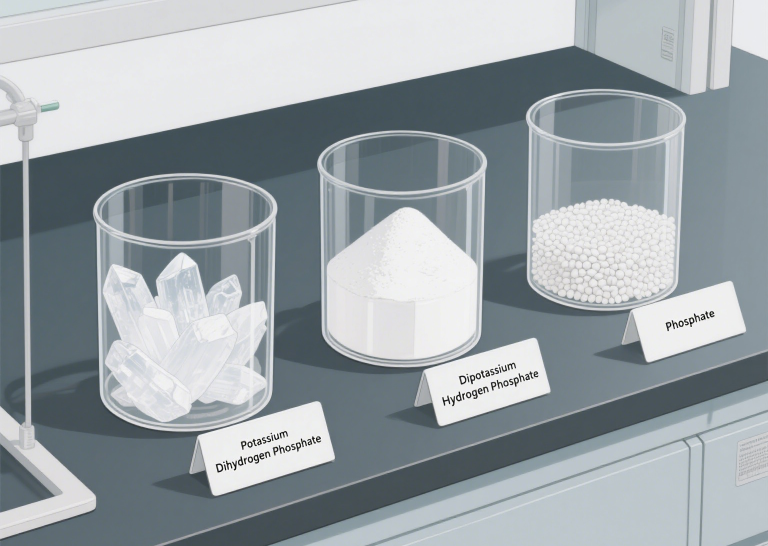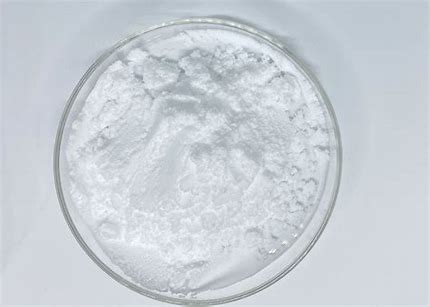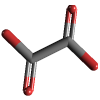Phosphoric Acid (PA)H₃PO₄
1. Phosphoric Acid Overview
1.1 What is Phosphoric Acid?
Phosphoric acid, with the chemical formula H3PO4, is an inorganic acid and an important oxyacid of phosphorus. It commonly exists as a viscous liquid, is colorless, odorless, and possesses moderate acidity. Phosphoric acid is stable at room temperature, non-volatile, and its CAS number is 7664-38-2.
1.2 Physicochemical Properties of Phosphoric Acid
The physical and chemical characteristics of phosphoric acid determine its wide range of applications:
- Appearance and Form: Typically a colorless, transparent, viscous liquid; may appear crystalline at high concentrations.
- pH Value: Phosphoric acid is a medium-strong acid, and its aqueous solution is acidic. As concentration increases, the pH value decreases. For example, an 85% phosphoric acid solution typically has a pH between 1-2.
- Density: Pure phosphoric acid has a relatively high density; for instance, 85% phosphoric acid has a density of approximately 1.685 g/cm³.
- Melting Point: The melting point of pure phosphoric acid is approximately 42.35℃.
- Boiling Point: Phosphoric acid has a relatively high boiling point, around 158℃ (for 85% phosphoric acid).
- Solubility: It is highly soluble in water and can mix with water in any proportion.
2. Phosphoric Acid Production and Characteristics
2.1 Industrial Production Processes: Wet Process vs. Thermal Process
There are two main industrial methods for producing phosphoric acid:
- Wet Process Phosphoric Acid: This is the most common production method. It involves reacting phosphate rock with sulfuric acid in a reactor, producing phosphoric acid and the insoluble byproduct phosphogypsum (CaSO4·2H2O). Wet process phosphoric acid has lower production costs, but the product purity is relatively lower, usually containing more impurities, requiring further purification for applications demanding high purity.
- Thermal Process Phosphoric Acid: This method first involves heating phosphate rock, coke, and silica in an electric furnace to produce elemental phosphorus. The elemental phosphorus is then burned in air to form phosphorus pentoxide, which is then hydrated to yield high-purity phosphoric acid. Thermal process phosphoric acid has higher production costs, but the product is of exceptionally high purity with low impurity content, making it suitable for food-grade, electronic-grade, and other high-end applications.
2.2 Core Characteristics and Advantages
Phosphoric acid’s widespread use across various industries is due to its unique performance:
- High-Standard Industrial Grade Quality: Our phosphoric acid products strictly adhere to industrial-grade standards, ensuring stability and reliability in various industrial production processes.
- Excellent Acidity and Reactivity: As an important inorganic acid, phosphoric acid reacts with various metals, oxides, and salts, making it a fundamental raw material for many chemical processes.
- Superior Chelating Ability: Phosphoric acid and its derivatives have good chelating capabilities, forming stable complexes with metal ions, which is particularly crucial in water treatment and metal surface treatment.
- Good Stability: Compared to many strong acids, phosphoric acid has weaker oxidizing properties, is less volatile, and relatively stable, making it convenient for storage and transportation.
3. Extensive Uses of Phosphoric Acid
3.1 Main Uses of Industrial Grade Phosphoric Acid
Industrial-grade phosphoric acid, due to its cost-effectiveness and practicality, plays a foundational role in numerous fields:
- Fertilizer Production: Phosphoric acid is a key raw material for producing phosphate fertilizers such as diammonium phosphate (DAP) and monoammonium phosphate (MAP). Reacting with ammonia, these highly effective compound fertilizers provide essential phosphorus nutrients for crops. It’s also vital for producing superphosphate.
- Metal Treatment:
- Phosphating: Phosphoric acid is commonly used for phosphating metal surfaces.
- Rust Removal: The acidic nature of phosphoric acid effectively removes rust from metal surfaces. For example, old tools or rusted mechanical parts can be de-rusted by soaking them in a phosphoric acid solution, which also forms a thin phosphate protective film to inhibit further rusting.
- Detergent Industry: Although restricted in some regions, phosphoric acid can still be used to produce sodium tripolyphosphate (STPP) and other phosphate-based detergents, acting as a water softener and washing aid in industrial cleaning agents.
- Water Treatment: As a water stabilizer, for instance, in cooling water systems and industrial boiler water treatment, phosphoric acid and its salts can effectively chelate calcium and magnesium ions in water, preventing scale formation.
- Ceramics and Glass: In the production of certain special ceramics and optical glass, phosphoric acid can serve as a flux or essential raw material, improving material performance.
- Fire Retardants: Phosphoric acid can be used to produce certain fire retardants for textiles or wood, enhancing the material’s flame-retardant properties.
3.2 Special Applications and Purity Considerations for Phosphoric Acid (PA)
Beyond industrial-grade phosphoric acid, higher purity phosphoric acid (often referred to as Phosphoric Acid PA or analytical/electronic grade) is indispensable in specific fields:
- Laboratory Reagent: In various chemical experiments, Phosphoric Acid PA is widely used as an analytical reagent, buffer, and pH adjuster. For example, it can serve as a standard acid solution in titration analysis or to prepare phosphate buffer solutions in biochemical experiments to maintain a stable pH environment.
- Pharmaceutical Industry: Used in the production of certain drugs, vaccines, and dental materials (like dental cement), or as a pH adjuster in pharmaceutical formulations.
- Food Industry: Food-grade phosphoric acid must meet strict food safety standards for use as a food and beverage additive. For instance, phosphoric acid is commonly added to carbonated beverages like Coca-Cola and Sprite to provide a crisp, tart taste, and to act as a pH regulator and preservative. It also helps adjust the pH and enhance flavor in jams and jellies and serves as an emulsifying salt in cheese processing to improve texture.
Choosing Different Purity Grades of Phosphoric Acid: The demand for phosphoric acid purity varies greatly depending on the specific application. From a cost-effectiveness perspective, industrial-grade phosphoric acid is suitable for applications where purity requirements are less stringent but cost is a factor (e.g., fertilizers). In contrast, food-grade phosphoric acid must meet rigorous food safety standards, while electronic-grade phosphoric acid (PA) and analytical-grade phosphoric acid (PA) serve high-tech industries like semiconductors, pharmaceuticals, and precision laboratories, where impurity content is critically controlled.
4. Phosphoric Acid Price and Market Trends
4.1 Factors Influencing Phosphoric Acid Price and Recent Trends
The market price of phosphoric acid is influenced by a combination of factors, and its volatility has been particularly noticeable in recent years:
- Raw Material Costs: Phosphate rock and sulfur are the primary raw materials for phosphoric acid production, and fluctuations in their market prices directly impact the production cost of phosphoric acid. For example, between 2020 and 2022, global phosphate rock and sulfur prices surged significantly due to high energy prices, global supply chain disruptions, and geopolitical events like the Russia-Ukraine conflict, directly driving up the prices of phosphoric acid and its downstream phosphate fertilizers.
- Production Process: Thermal process phosphoric acid faces increasing pressure due to high energy consumption and environmental concerns, with purified wet process phosphoric acid gradually becoming the industry trend. The cost differences between these two production processes also affect market prices.
- Market Supply and Demand: The global demand for phosphoric acid (especially from agriculture and industry) and its supply are key determinants of price. For instance, in 2022, global phosphate fertilizer (including DAP, made from phosphoric acid) prices hit record highs due to strong demand and tight supply. However, from 2023 to 2024, as global energy prices eased and supply in some regions (like Europe) recovered, phosphoric acid and phosphate fertilizer prices saw a retreat, though they remained above historical averages. China, as a major exporter of phosphate fertilizers, significantly impacts global phosphoric acid prices through its export policies and supply situation.
- Transportation Costs: International shipping fees and logistics efficiency also contribute to the final product price.
4.2 Global Import/Export Price Comparison and Market Outlook
Due to the complex and constantly evolving nature of international phosphoric acid trade data, it’s challenging to provide precise “recent three years” specific export/import price comparisons by country, as this involves specific purity levels, delivery terms, contract volumes
- Major Exporting Countries/Regions: China, Morocco, the United States, and Russia are major global exporters of phosphoric acid and phosphate fertilizers. Their production capacity and export policies have a crucial impact on the global market.
- Major Importing Countries/Regions: India, Brazil, Southeast Asian countries, and others are significant import markets for phosphoric acid and phosphate fertilizers, driven by strong agricultural demand.
- Price Volatility Characteristics:
- 2021-2022: Influenced by the global pandemic, geopolitical conflicts (e.g., the Russia-Ukraine war’s impact on Russian fertilizer exports), soaring energy prices, and supply chain constraints, international trade prices for phosphoric acid and phosphate fertilizers generally experienced sharp increases. For example, DAP (diammonium phosphate, made from phosphoric acid) prices soared from $276/ton in March 2020 to $938/ton in March 2022, more than tripling.
- 2023-2024: With the decline in global energy prices, the recovery of fertilizer production capacity in some regions (e.g., Europe), and the gradual easing of export restrictions by major exporters (e.g., China), phosphoric acid and phosphate fertilizer prices have seen a correction but remain at relatively high levels.
- Influencing Factors:
- Policy Adjustments: For example, China’s policies restricting fertilizer exports directly affect global supply and prices.
- Geopolitics: Geopolitical risks in major producing countries like Russia can impact the stability of global supply chains.
- Agricultural Product Prices: The trend of agricultural product prices affects farmers’ willingness and ability to purchase fertilizers, which in turn influences the demand for phosphoric acid.
- Environmental Regulations: Increasingly stringent environmental regulations globally, particularly regarding emissions from phosphorus chemical production, could lead to higher production costs or the shutdown of some capacity, thereby affecting supply.
The global phosphoric acid market is expected to maintain steady growth, especially against the backdrop of increasing demand for efficient fertilizers in agriculture. With industrialization advancing in emerging markets and the development of high-tech industries like electronics and pharmaceuticals, the demand for high-purity phosphoric acid will also continue to rise. In the future, phosphoric acid price trends will continue to be complexly influenced by raw material supply, environmental policies, and the global economic situation.
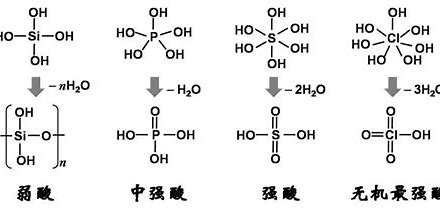
5. Safety and Storage
5.1 Hazards and Protection for Phosphoric Acid
Phosphoric acid is corrosive and requires careful handling for safety:
- Corrosivity: High concentrations of phosphoric acid are corrosive to skin, eyes, and the respiratory tract.
- Skin and Eye Contact: Can cause burns and irritation. Always wear protective gloves, safety goggles, and protective clothing when handling.
- Inhalation: Inhaling phosphoric acid vapor or mist can cause respiratory irritation, coughing, and difficulty breathing. Use in a well-ventilated area or wear appropriate respiratory protective equipment.
- Ingestion: Accidental ingestion can lead to burns in the mouth, esophagus, and gastrointestinal tract.
5.2 Storage and Transportation
- Storage: Store in a cool, dry, well-ventilated warehouse, away from heat sources and ignition sources. Containers should be sealed and protected from direct sunlight and moisture.
- Avoid Contact with Incompatible Substances: Phosphoric acid should not be stored with strong bases, active metals (like aluminum, magnesium), flammable materials, and oxidizing agents, to prevent dangerous reactions.
- Safe Transportation Regulations: During transportation, adhere to relevant regulations for hazardous chemicals, ensuring containers are intact and implementing measures for leak prevention and shock absorption.
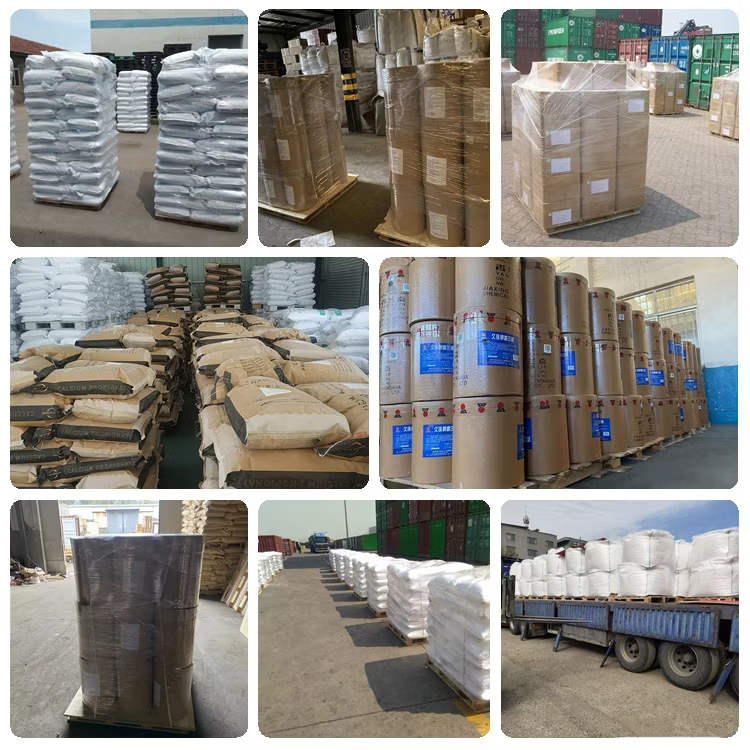
Food ingredients
Choosing us means choosing strength and trust. As the source factory of food additives, we rely on our strong technical accumulation, advanced production equipment and strict quality standards to ensure that each batch of products reaches the industry-leading level. Every time you choose us, it will prove our outstanding strength.
Strength comes from professionalism, and quality creates trust. We are experts in the production of food additives, with independently developed core technologies and large-scale automated production lines. Choosing us, you will get food additives products with stable output and excellent quality, providing solid guarantee for your food production.
Strength factory
We are deeply involved in the field of food additives and achieve excellent quality. As a powerful manufacturer of food additives, we are not only a factory, but also your reliable strategic partner. From raw materials to finished products, every step embodies our persistence and investment in quality, ensuring that we can provide you with the most competitive food additive solutions.
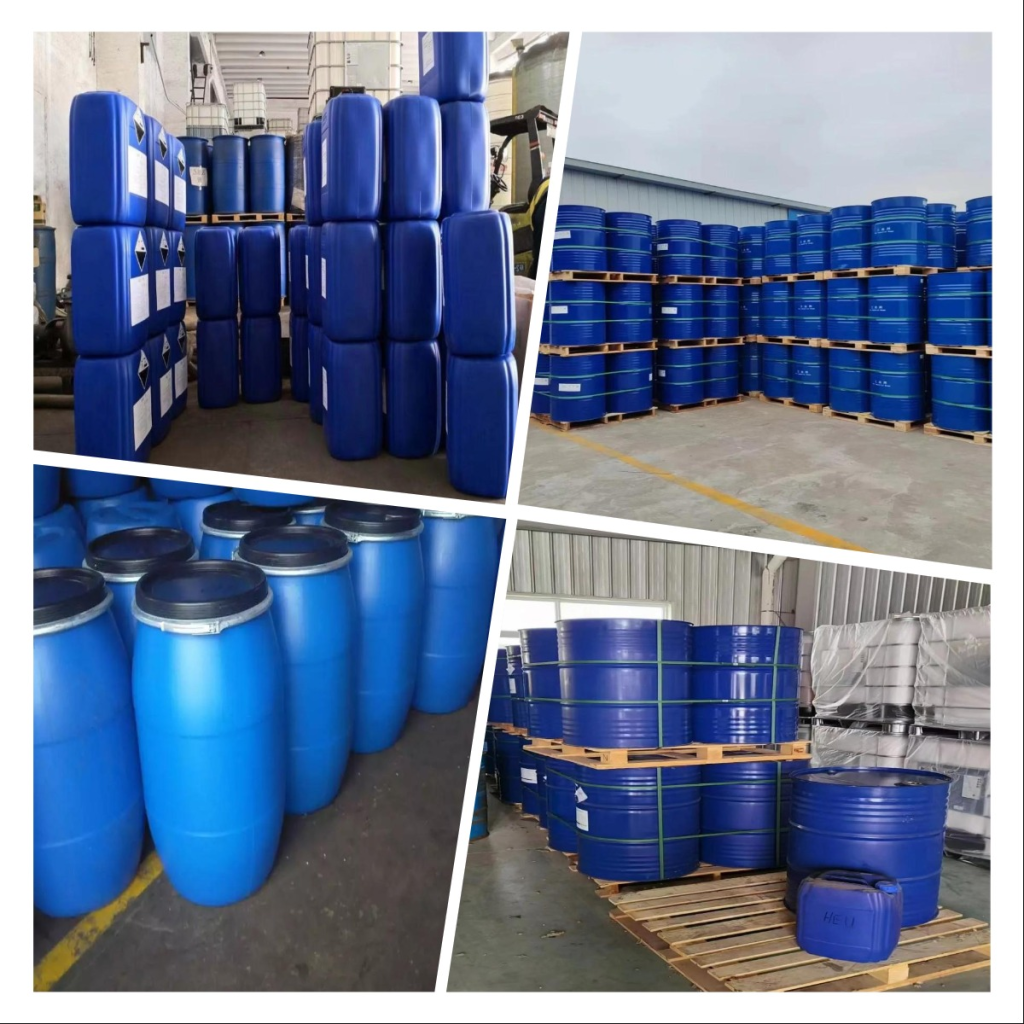
6. Conclusion
6.1 The Importance of Phosphoric Acid in Modern Industry
Phosphoric acid, as an indispensable basic chemical raw material, plays a central role in modern industry through its applications in fertilizers, metal treatment, food, electronics, and pharmaceuticals. Whether providing crucial nutrients for agriculture or precision support for high-tech industries, phosphoric acid is pivotal. Moving forward, with technological advancements and the expansion of application fields, the demand for phosphoric acid will continue to grow, and its significance in sustainable development and the national economy will become increasingly prominent.
Choose us for strength and trust. As a primary manufacturer of phosphoric acid, we leverage extensive technological expertise, advanced production equipment, and stringent quality standards to ensure every batch of our product meets industry-leading levels. Each choice you make will affirm our exceptional capabilities.


